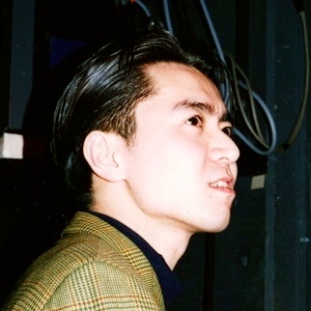The task of discovering new music can seem overwhelming to some people. After all, it just takes soooo much work to get on Google/Reddit/YouTube/SoundCloud/Twitter/Pandora/Spotify/iTunes/Grooveshark/Jango/Tunein/Slacker/Last.fm and type a few letters into a search bar…but anyway…I propose an app for these people.
This app could have a catchy name like Libratory, Customusic, DiscOver, TuneULove, or if I wanted to get sued, YouTune.
Now, this app would operate similarly to Pandora, in which it would have a preexisting set of characteristics tied (with metadata) to a library of songs and artists. When the user opened the app, they would be presented with two options:
1) Define the music you want to listen to
• The user could select any number of characteristics of the music they want to hear, such as mood (dark, happy, etc.), place (beach, party, road trip, date, etc.), speed (very fast, fast, average, downtempo, slow), instrumental focus (on guitar, drums, vocals, beats, piano, etc.), and more! Perhaps even lyrical content…
• The app could detect where the user was, and play them custom music based on what other users listen to at that location. For example, if the user is cruising down the Pacific Coast Highway, the app may play Wavves, Pixies, or other “mood music.”
2) Give you recommendations based off of your music library
• The app would say, “Hey Colton, I noticed you like Daft Punk and Justice, here is some more French House music I think you would like.
• The app would say, “Hey Colton, you have a lot of metalcore in your music library, have you heard All Shall Perish?”
I feel like this app would, simply put, help people discover new music based off of what they already like.

DJs know how to read a crowd; why can’t an app?





